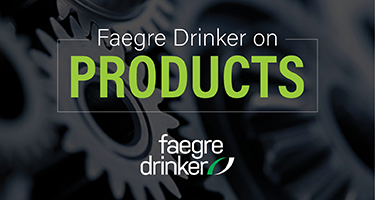Last month, the Federal Trade Commission (FTC) announced that it “ordered more than 20 marketers nationwide to immediately stop making baseless claims that their products and supposed therapies can treat or prevent COVID-19.” Like prior rounds of cease-and-desist demands, the letters warned that the alleged violators could be subjected to monetary penalties under the COVID-19 Consumer Protection Act, which Congress passed in 2020. Specifically, the letters warned that businesses engaging in a deceptive act or practice associated with the treatment, cure, prevention, mitigation, or diagnosis of COVID-19 or a government benefit related to COVID-19 could be subjected to penalties of up to $43,792 per violation.
As the FTC points out, however, “there’s a key point that differentiates these Demands from the more than 400 letters that preceded them.” Namely, copies of the recent round of letters were also sent to the social media platforms used by the advertisers, including Facebook, Instagram, Twitter, YouTube, Etsy, LinkedIn, Shopify, and TikTok. The FTC found that nearly all of the marketers used social media to convey their claims, with many companies utilizing multiple platforms. A recent FTC analysis on the alleged role of social media platforms in the spread of disinformation related to COVID found that deceptive marketers are able to “extend[] the reach of their deceptive COVID claims by using major social media platforms.” The FTC observed that social media’s design helps scammers amplify their deceptive messages while also identifying users most likely to be receptive to those messages. It cautioned, “[b]ogus claims of miracle cures may be successful in attracting consumers’ eyeballs, but they can have devastating consequences for Americans who forgo needed treatment or part with hard-earned money in pursuit of false cures.”
Continue reading “FTC Continues Crack Down on Unfounded COVID Claims”

